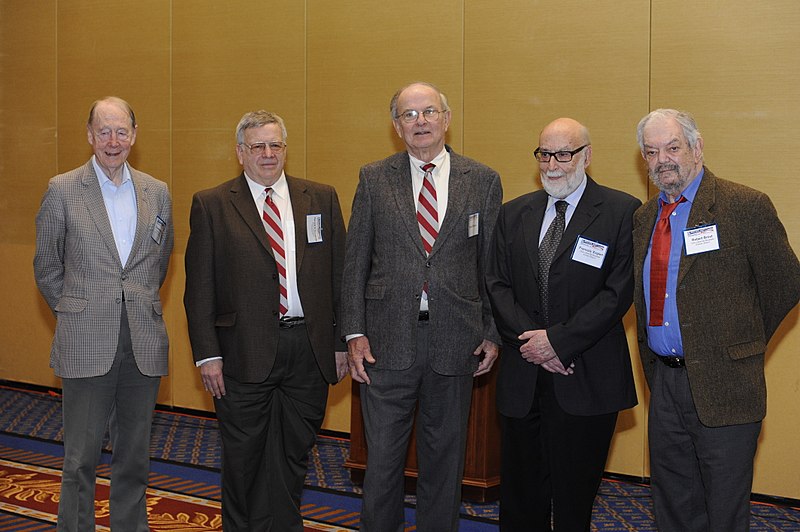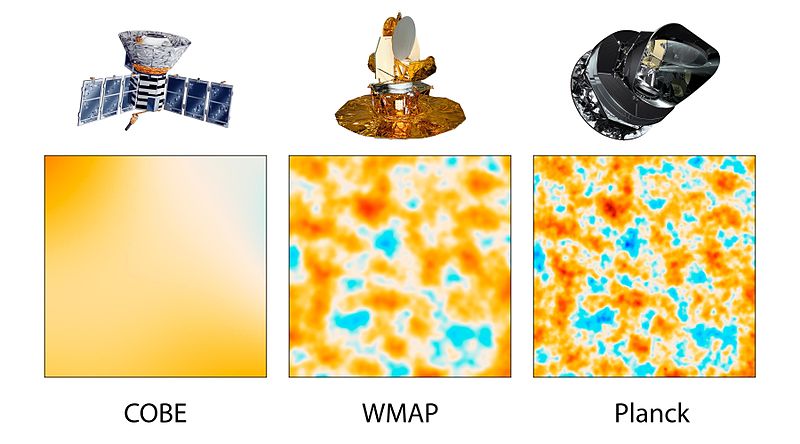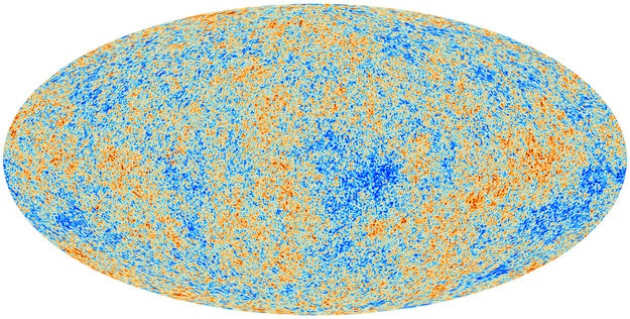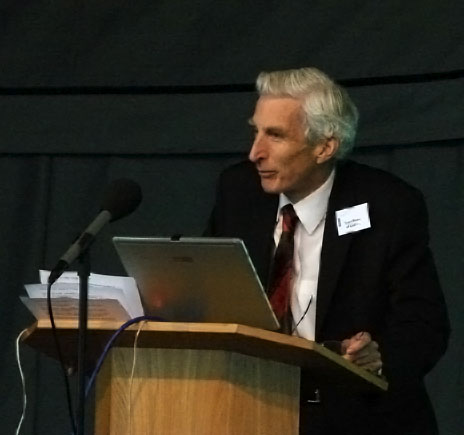 |
Prof Carl Hagen Rochester University, New York (BBC World News) |
As you are all probably aware, on the 14th of March 2013 the ATLAS and CMS collaborations at CERN’s Large Hadron Collider (LHC) presented new results that further support the discovery of the so called Higgs boson [1].
This has all reignited the debate on the naming of the standard model scalar boson, as “Higgs” only reflects one of the physicists who made early contributions to the generation of mass within the standard model.
In 1964 Robert Brout & François Englert [2], Peter Higgs [4] and Gerald Guralnik , Carl Hagen & Tom Kibble [4] published papers proposing similar, but different mechanisms to give mass to particles in gauge theories, such as the standard model. All of the six physicists were awarded the 2010 J. J. Sakurai Prize for Theoretical Particle Physics for their work on spontaneous symmetry breaking and mass generation.
2010 Sakurai Prize Winners – (L to R) Kibble, Guralnik, Hagen, Englert, and Brout
The trouble now is that the nomenclature Higgs boson has been around for a while now and remaining it could probably course unnecessary confusion. Also, it is not clear who should decide the new name. Nomenclature in physics, and indeed mathematics, arises largely due to popular usage. The initial name may come from the discoverer, but it still takes the community to use this nomenclature before it becomes standard. Thus, the community would have to change nomenclature and this cannot really be imposed from “outside”.
Naming the particle after the six physicists as BEHGHK-boson, which would be pronounced “berk-boson” is one one possible solution, but not a very nice one!
Pallab Ghosh (Science correspondent, BBC News) discusses this further here.
References
[1] New results indicate that particle discovered at CERN is a Higgs boson, CERN press office 14th March 2013.
[2] Englert, F.; Brout, R. (1964). “Broken Symmetry and the Mass of Gauge Vector Mesons”. Physical Review Letters 13 (9): 321.
[3] Higgs, P. (1964). “Broken Symmetries and the Masses of Gauge Bosons”. Physical Review Letters 13 (16): 508.
[4]Guralnik, G.; Hagen, C.; Kibble, T. (1964). “Global Conservation Laws and Massless Particles”. Physical Review Letters 13 (20): 585.












